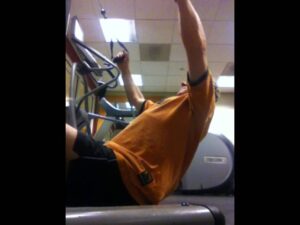Guided meditation describes a form of meditation which utilizes a number of different techniques to achieve or enhance the meditative state. It may simply be meditation done under the guidance of a trained practitioner or teacher, or it may be through the use of imagery, music, and other techniques. The session can be either in person, via media comprising music or verbal instruction, or a combination of both. The most common form is a combination of meditation music and receptive music therapy, guided imagery, relaxation, mindfulness, and journaling. Because of the different combinations used under the one term it can be difficult to attribute positive or negative outcomes to any of the various techniques. Furthermore, the term is frequently used interchangeably with “guided imagery” and sometimes with “creative visualization” in popular psychology and self-help literature. It is less commonly used in scholarly and scientific publications. Consequently, guided meditation cannot be understood as a single technique but rather multiple techniques that are integral to its practice. Benefits: Guided meditation as an aggregate or synthesis of techniques includes meditation music, receptive music therapy, guided imagery, relaxation, meditative praxis, and self-reflective diary-keeping or journaling. All of which have been shown to have therapeutic benefits when employed as an adjunct to primary strategies. Benefits include lower levels of stress, reducing asthmatic episodes, physical pain, insomnia, episodic anger, negative or irrational thinking, and anxiety, as well as improving coping skills focus, and a general feeling of well-being. #meditationmusic #yogamusic #relaxationmusic #music #stressreleifmusic @Power Of Meditation
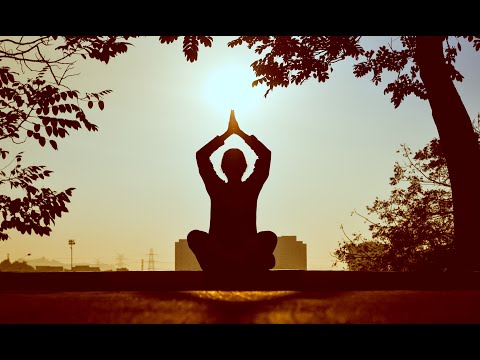
3 Min Meditation video , Stress Relief………
- Post author:admin
- Post published:October 15, 2021
- Post comments:0 Comments
You Might Also Like
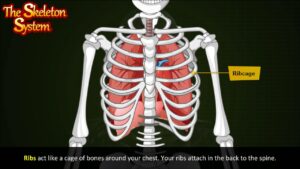
Skeletal system | Human skeletal system | Skeletal system function | The skeletal system

Derivatives Of Testosterone – Testosterone Cypionate dosage and side effects
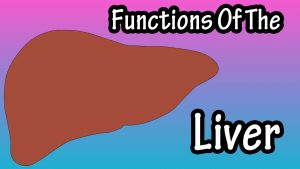
Liver Function – What Does The Liver Do?

What Is Circuit Training? | Gym Workout

ReShape Side Effects

Latissimus Dorsi Bent Over Row-7

Thyroxine, T4 thyroid hormone

3 Yoga Pose for Hypotension / Low Blood Pressure | कम रक्त दबाव | குறைந்த இரத்த அழுத்தம்

Keto Diet, Keto Foods, Keto Recipes Video – 13

Dynamic plank exercise: add some movement for a well-developed core

The Iodine-Estrogen Connection: MUST WATCH! Dr.Berg

Uterus and ovaries (preview) – Human Anatomy | Kenhub

Cool Down

How to Choose a Multivitamin

Post Workout Drink | GET RIPPED Male & Female FITNESS MODEL Program by Guru Mann

High Protein Indian Bodybuilding Meal – Vegetarian

How to Do Biceps Curls with a Balance Ball

Back Flexibility Video
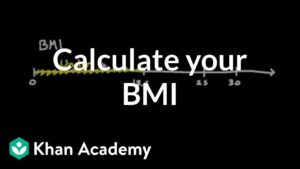
Calculate your own body mass index | Miscellaneous | Heatlh & Medicine | Khan Academy

What is Whey Protein? (Protein Shake)
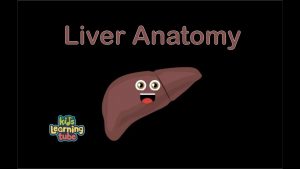
The Liver Anatomy Song for Kids

Straight Bar Curls for Bicep Mass

Muscle Building Workout & Squats Video -48

Decline Dumbbell Bench Press – HASfit Lower Chest Exercise Demonstration – Decline Dumbbell Press

Diabetes Nutrition
2 D ECCO
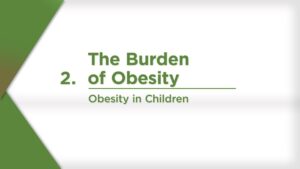
Childhood Obesity Video – 1

Progressive Muscle Relaxation

Personal Trainer/ Gym Instructor Video – 1

What Causes Insulin Resistance?
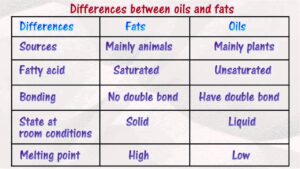
Comparison between oils and fats

Shrugs-4
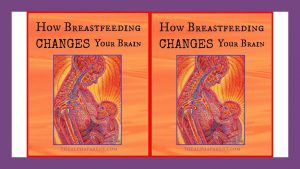
Effect of Lactation Hormone on Mother’s Brain

Fitness First BMR and TDEE

One Arm Overhead Tricep Cable Extension

SIDE EFFECTS OF WHEY PROTEIN

Enalapril Nursing Considerations, Side Effects, and Mechanism of Action Pharmacology for Nurses

Anabolic Steroids – History, Definition, Use & Abuse Video – 40

Love Psychology Video – 4
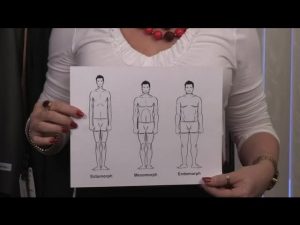
How to Dress to Flatter Your Body Type for Men : Men’s Fashion Advice

How to Prevent Thyroid Conditions
